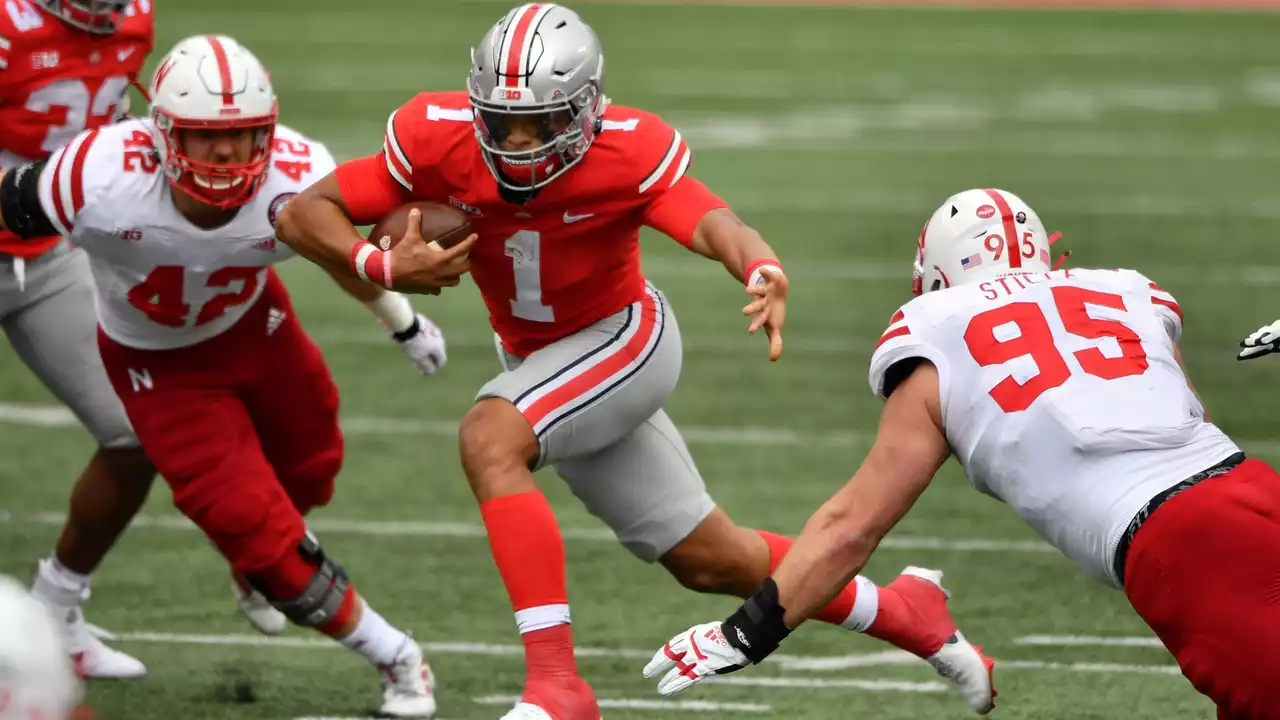Defining Play: How Sports Moments Get Their Meaning
Ever watched a game and thought, “That was a play!”? You’re not alone. In every sport, a "play" is the building block that turns a simple matchup into a story worth talking about. But what actually makes a moment a "play"? Is it the skill, the timing, the outcome, or a mix of all three? Let’s break it down so you can spot the key elements the next time you tune in.
The Basics of a Play
A play starts the instant a player initiates an action that can change the flow of the game. In football, it’s the snap; in basketball, the inbound pass; in cricket, the bowler’s delivery. The common thread is intent – the athlete is doing something purposeful, not just wandering around. The play becomes official when it ends with a measurable result: a tackle, a basket, a wicket, or even a turnover.
Why does intent matter? Because analysts use it to separate “random movement” from "strategic execution." When a quarterback drops back and throws a deep ball, the intent is to gain big yardage. If the same throw is a desperation pass on third down, the intent shifts to simply keeping the drive alive. Both are plays, but they carry different weight in post‑game breakdowns.
Breaking Down the Play
Once you’ve identified a play, the fun part begins: dissecting it. Most commentators look at three pillars – formation, execution, and impact. Formation covers how the team lines up before the snap or start. Execution is the actual movement – the footwork, the timing, the tech. Impact measures what the play achieved: yards gained, points scored, momentum shifted.
Take the famous "Philly Special" from Super Bowl LII. The formation was a standard shotgun, but the execution flipped the script – the ball went to a tight end who then threw to the quarterback. The impact? A crucial touchdown that swung the game. That single play is now a textbook example of how creativity plus precise execution can redefine a match.
Listen to Eclipse Sports Radio’s podcasts for more deep dives. We often pick a recent game, replay a key play, and walk you through each pillar. It’s a great way to understand why commentators rave about a “great play” instead of just saying “good move.”
Remember, not every play is a highlight reel. Some are subtle, like a well‑timed screen in basketball that frees a shooter. Those low‑key plays can be the real engine of a win, even if they don’t make the viral clips.
So next time you’re watching a match, ask yourself: what’s the intent? How did the players line up? What was the result? Answer those and you’ll be defining play the way the pros do.
Tom Brady is one of the most successful quarterbacks in the history of the NFL, and he has many iconic plays to his name. His most defining play is arguably the game winning drive he led in Super Bowl LI against the Atlanta Falcons. After being down 28-3, Brady led the Patriots on a miraculous comeback to tie the game and eventually win in overtime. The drive was a testament to Brady's resilience, skill, and leadership, and is widely considered to be the greatest comeback in NFL history. It was this play that cemented Brady's legacy and earned him his 5th Super Bowl ring.
View More




